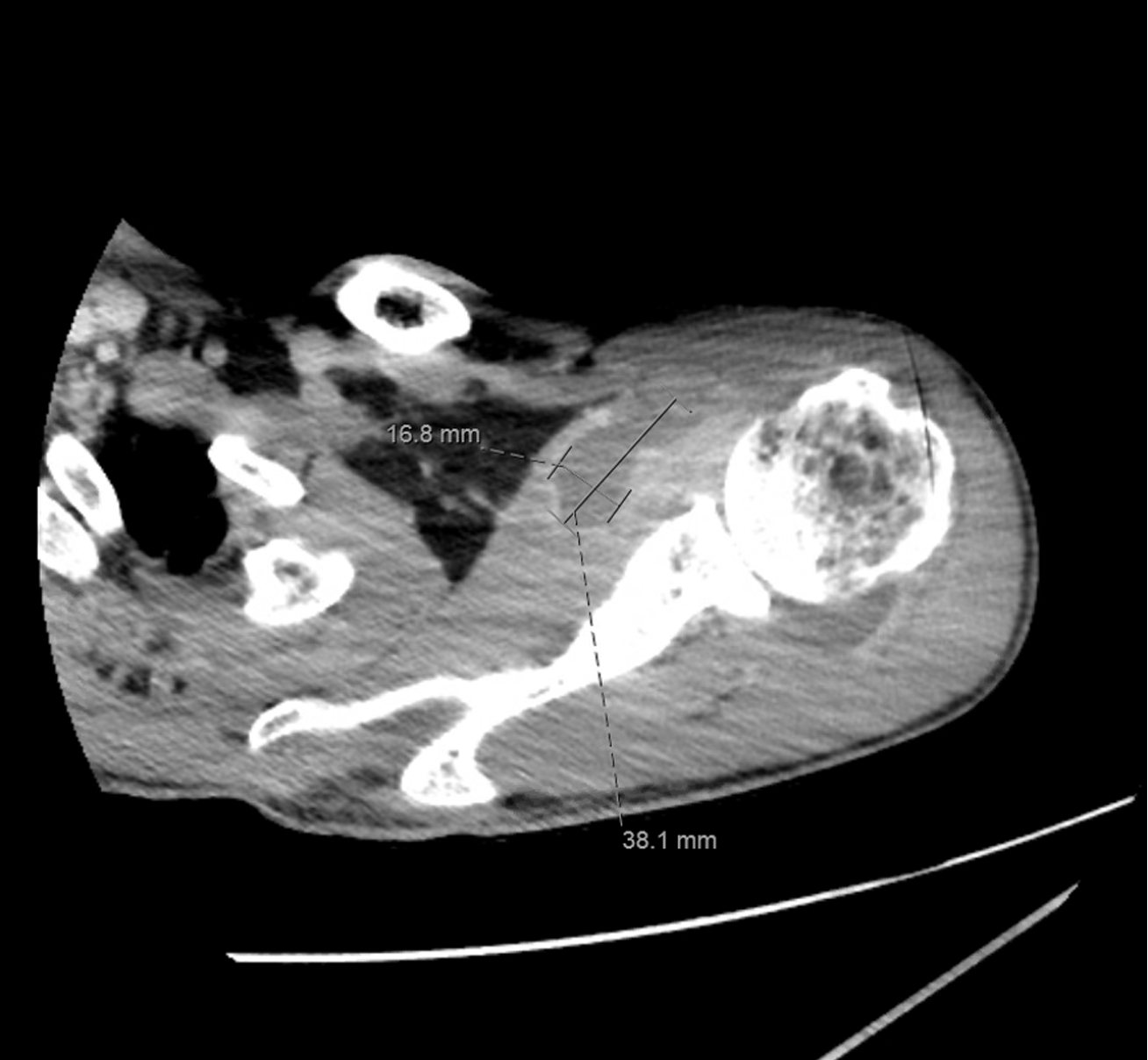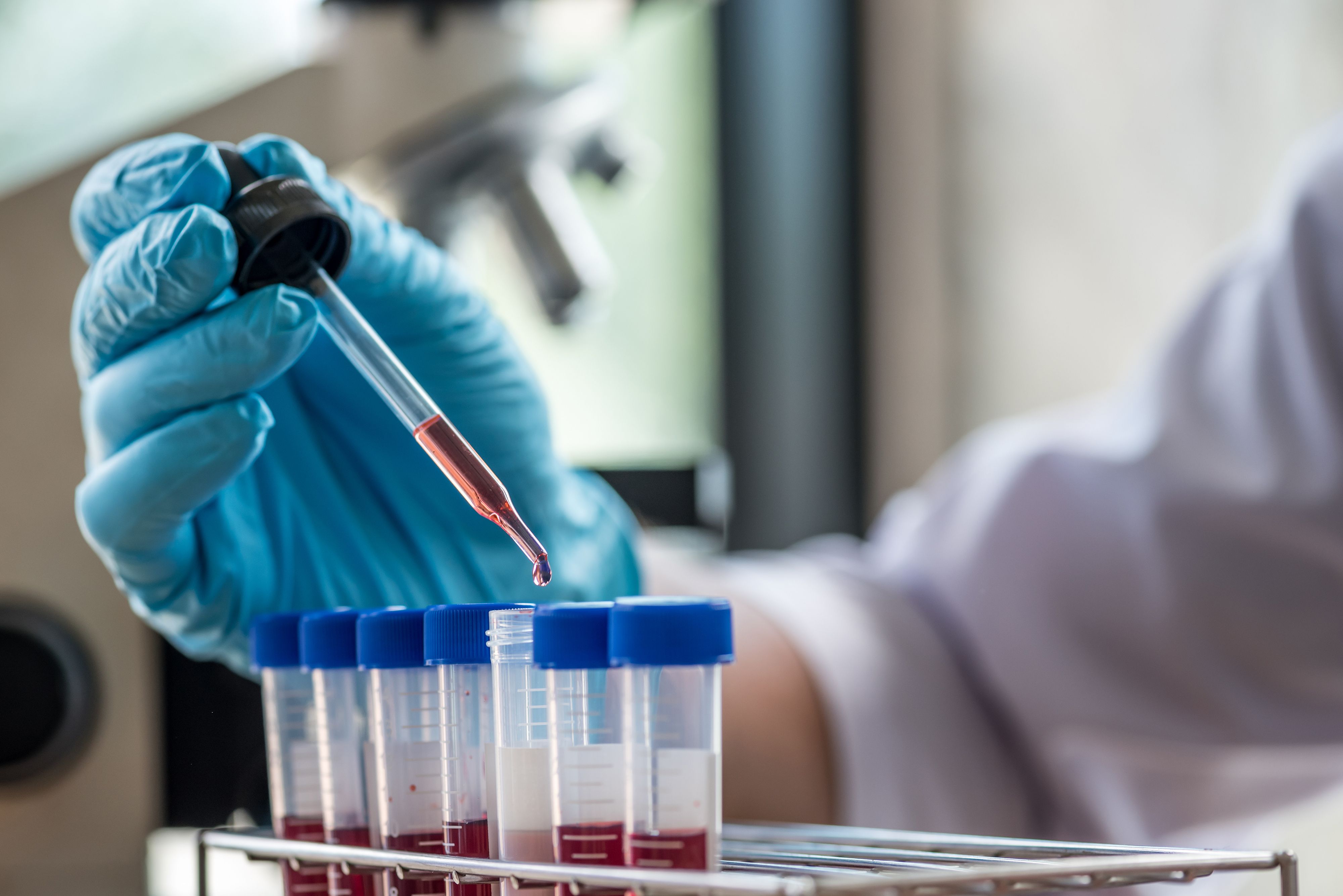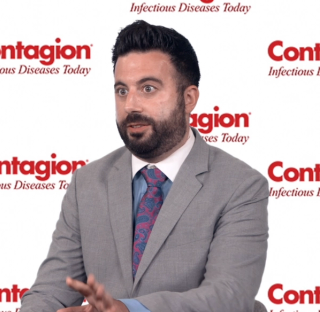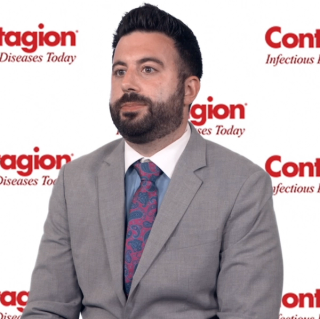
Sexually Transmitted Diseases
Latest News
Latest Videos

CME Content
More News
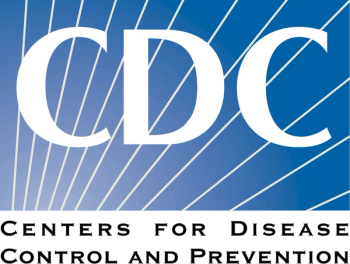

Taking into account the first PrEP pill was FDA approved in 2012, a clinician reflects on its significance and where the shortcomings of education and utility of it needs to be fortified.

WHO guidelines on HIV, hepatitis and STIs focus on populations with high risk of infections but low inclusion in prevention and treatment programs.

The study was longitudinal in nature, comparing at-risk people who became infected with HIV to at-risk people who did not.

Expanding Medicaid and reducing stigma can bolster equitable HIV PrEP access, Dr. Patrick Sullivan says.

After widespread implementation of HIV pre-exposure prophylaxis (PrEP) among gay and bisexual men in Australia, population-level incidence of chlamydia and gonorrhea stabilized, allaying fears that PrEP would lead to a rise in STIs, a recent study found.

After 5 years of treatment, fostemsavir improved immunologic response and virologic outcome in patients with highly resistant HIV infection.

HIV epidemics are emerging among key populations in the Middle East and North Africa, and the region ranks lowest globally in response indicators.
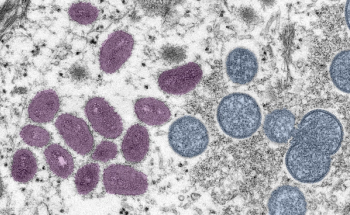
Investigators found potentially infectious monkeypox virus DNA in saliva and semen.

Visceral leishmaniasis patients coinfected with HIV are vulnerable to other comorbidities including tuberculosis and cryptococcal meningitis but also to degrees of stigmatization and human rights issues.

A positive recommendation now heads to the European Commission, which can grant marketing authorization for 27 European Union member states.

Dr. Arlene Sena and her team are working to develop a syphilis vaccine, “But we need to know what’s circulating worldwide first.”
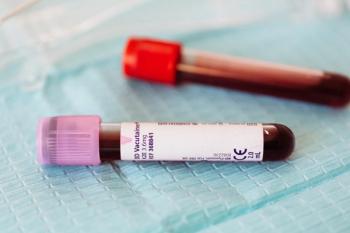
The commitment to ending the HIV epidemic endures, despite drops in testing and new diagnoses during the COVID-19 pandemic.

“It’s time to ensure widespread availability by promoting access to safe, effective, and sustainably priced medications, rather than providing incentives to prescribe higher-cost alternatives,” the authors said.
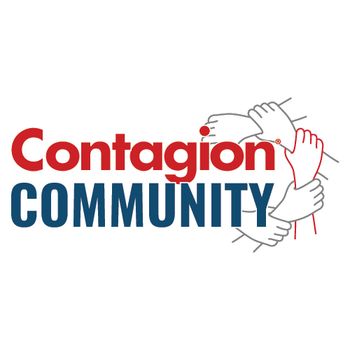
Joined by Steven Wolfe, DO, MPH, and Stuart A Fisk, CRNP, of the Allegheny Health Network, we discuss the populations most at risk of HIV infection, as well as advice for making healthcare spaces more inclusive and accessible for LGBTQ+ people.

Findings highlight need for innovative prevention strategies, experts say.

Today, the International AIDS Vaccine Initiative (IAVI) and Moderna announced they will soon launch a phase 1 clinical trial for their HIV vaccine candidate, administered with mRNA technology to develop broadly neutralizing antibodies.

In Part 2 of a video interview, Sornana Segal-Maurer, MD, discusses the newly published research findings that detail the potential of lenacapavir.

Could lenacapavir be the answer for people with multidrug-resistant HIV infection? Principal investigator Sorana Segal-Maurer discusses the promising trial results in this challenging cohort (Interview part 1).

In a study of 32 patients with fourth-line metastatic colorectal cancer, the HIV drug lamivudine slowed disease progression in a quarter of participants.

Two other male patients were previously known to be in HIV remission, but this is the first woman and first cord blood stem cell transplant case.

HIV reservoirs can remain dormant, reigniting infection at an opportune moment. New strategies seek to reignite these viral reservoirs so they can be identified and destroyed by the immune system.
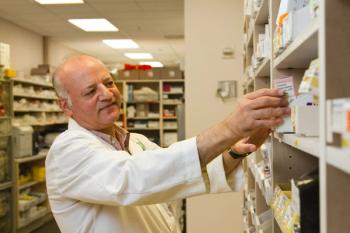
PrEP prescription initiations and fills dropped during the early parts of the COVID-19 pandemic, according to investigators from the NY State Department of Health.

The meta-analysis included 6 studies, of which 5 were conducted in sub-Saharan Africa, showed that the diagnostic accuracy for Xpert testing was similar to the former symptom screening and rapid test format.

April 10 is a day that commemorates a population group that is emerging in terms of increased incidence rates, and needs help with inherent challenges including medication adherence and understanding of the disease.


